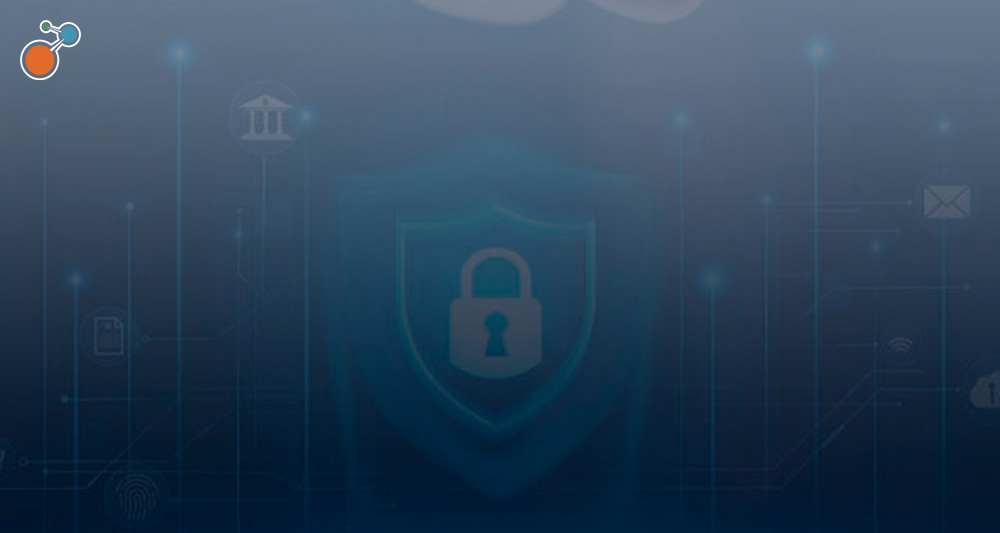At a high level, it may seem natural to use the terms business continuity management and enterprise risk management interchangeably. Some people may even think they’re just terms representing the same thing.
While there are some congruences between them, there are some unique distinctions that separate the two, and in many regards, they’re actually completely different business functions.
As a resilience management professional, why is it important to know where these two terms split?
Even in environments where we want to break down the silos that have traditionally separated information sharing across these disciplines, it’s still important to understand how their functions are different so you can define appropriate roles within your organisation and ensure you’re applying the appropriate concept and context to those functions.
What is Business Continuity Management (BCM)?
Business continuity management encompasses the processes your organisation uses to identify threats and risks to your operational resilience, understanding the impact of those risks on your organisation’s important business services, and developing plans to ensure you can respond to and recover from these disruptions.
In its best form, as an element of resilience management, business continuity management applies a holistic, cross-discipline approach across your organisation to minimize the frequency of disruptions and lessen the impact of disruptive events.
What is Enterprise Risk Management (ERM)?
Enterprise risk management focuses on the processes your organisation uses to understand, analyse, and address risk to support your organisation’s strategies and objectives.
Differences Between Business Continuity Management and Enterprise Risk Management
Both business continuity management and enterprise risk management focus on risk, so how are they different? While these terms may be similar because they both relate to risk, it is important to understand the functions of each for operational resilience.
At their core, the differences are within how each functions and how they’re accomplished.
Business continuity management helps you manage and mitigate effects of a risk event, which includes planning for ways to mitigate risks across your enterprise.
Enterprise risk management is related to business continuity management, but in enterprise risk management, teams are focused on specifically analysing and addressing risk to protect an organisation or objectives.
Conversely, business continuity management professionals develop and implement plans to manage incidents (that may be the result of those risks) with a goal of ensuring operational resilience.
You can use your enterprise risk management processes to identify your risks and understand them. However, if your organisation experiences a disruption based on those risks, then it’s the role of business continuity management to address and respond to those risk-related incidents.
As you can see, both identify and manage risks to a company, but it is business continuity that identifies, protects and manages criticalities that can disrupt operations.
Working Together
In terms of developing a holistic approach to manageing risks through resilience management, integrating business continuity management and enterprise risk management has a range of benefits for your organisation. Doing so can help align both programme objectives to your overall resilience management goals.
Together, you can build operational resilience into the heart of your organisation, one where you have the skills and resources to identify potential risks, your organisation’s risk threshold, and risk impact, and then use your business continuity plans to address issues to mitigate or remediate those identified risks.
When you unite your business continuity management and enterprise risk management activities, you’re moving toward a resilience management approach, without doing a lot of extra or repeated work.
And, together, the two disciplines can actually strengthen one another.
For example, without business continuity management, how do you know if your enterprise risk management processes are working? How do you test them? By including business continuity management feedback into your enterprise risk management programme, you’ll be able to give real-world feedback on how well that risk identification process is working and what could be done to strengthen that and further decrease risk of disruptions.
To further strengthen your programmes, consider linking your enterprise risk management findings with your business continuity management plans in reports that you share with your executives and key stakeholders. This helps them understand the effectiveness and purpose of both activities and how they’re directly tied to organisational success.
While these disciplines have traditionally been siloed in many organisations, consider adopting either a fully integrated model with central management for each or approach both from a shared responsibility perspective where your business continuity management programme is integrated within your enterprise risk management programme.
Need help moving your business continuity management and enterprise risk management activities into a more collabourative model? Contact a Riskonnect advisor today and we’ll be happy to help.




